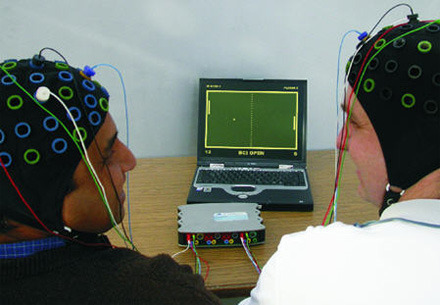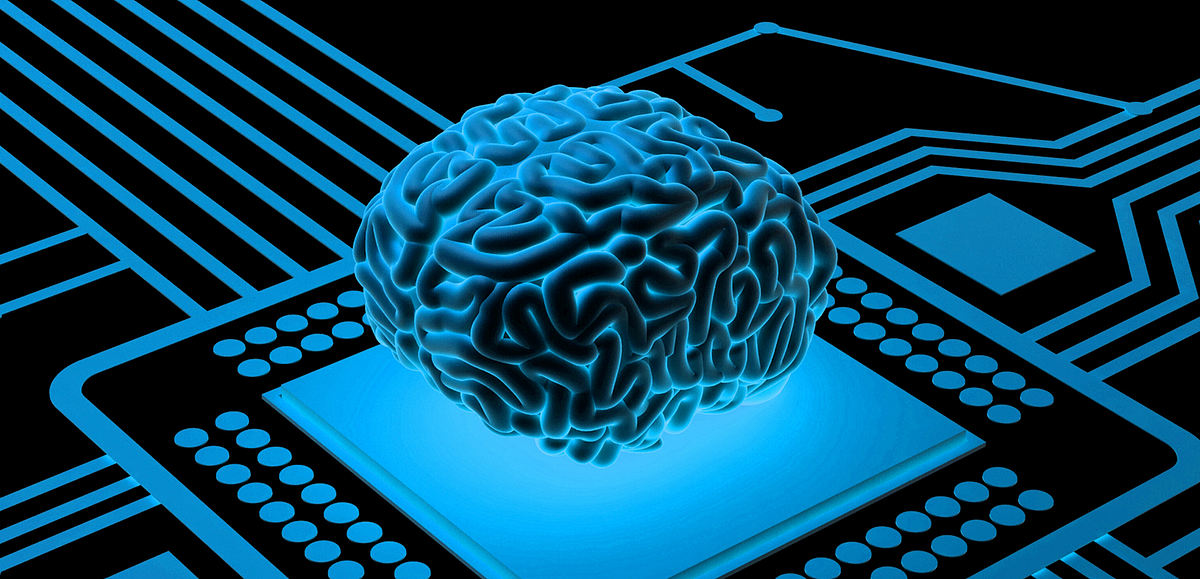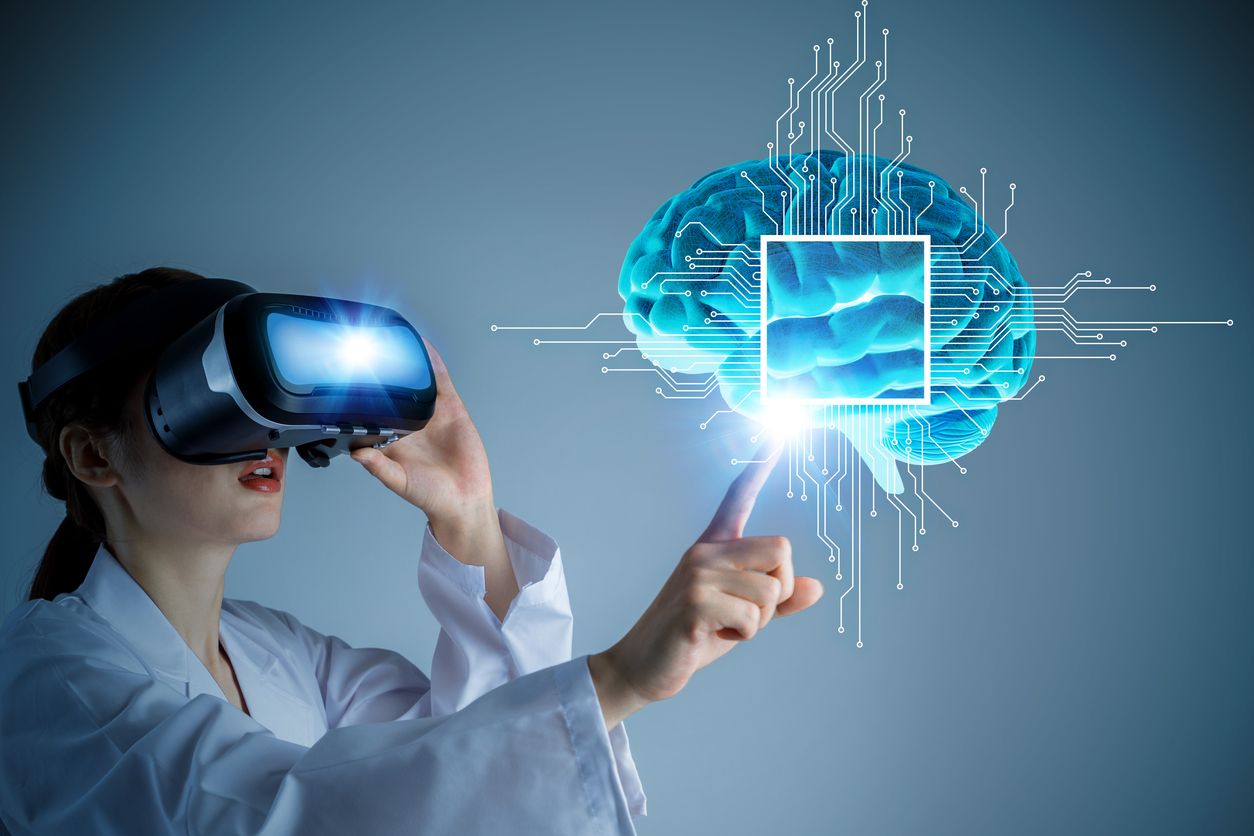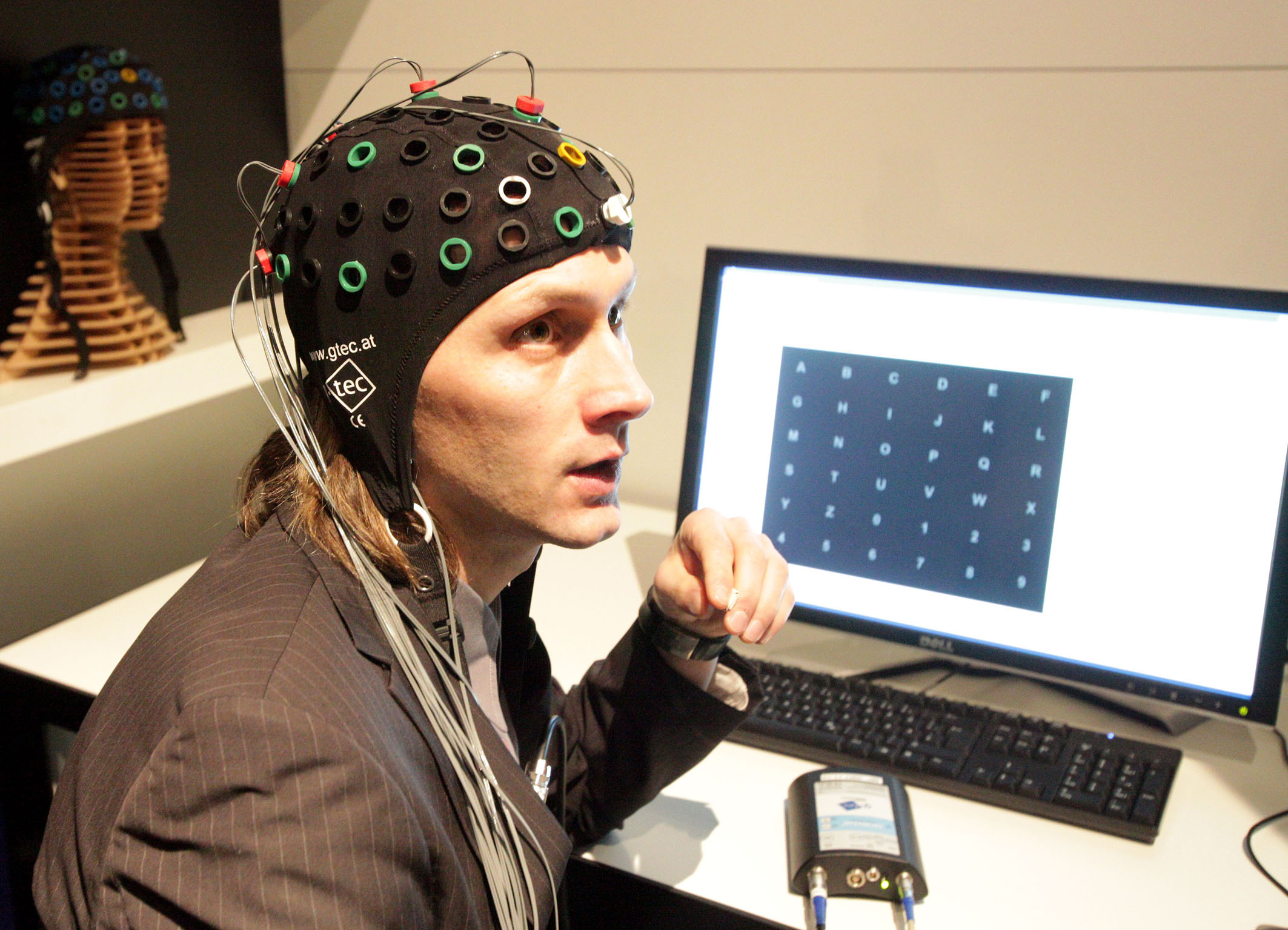Brain-Computer Interfaces: The Next Frontier in Medical Technology.

Brain Computer Interface (BCI) is a technology that enables communication between the human brain and a computer. This technology has gained popularity in recent years as the potential benefits of brain-computer interfaces become more apparent. With the advancements in technology, controlling a computer with just your mind is now becoming a reality. In this blog post, we will explore how BCI works, different types of BCI, and their potential applications in our daily lives.
How Brain Computer Interface Works?
The human brain is a complex organ that produces electrical signals when neurons communicate with each other. These signals, which are detected by electroencephalography (EEG) sensors, can be analyzed and translated into commands that interface with a computer. These commands can range from basic tasks like controlling a computer mouse or typing on a keyboard, to more complex tasks like controlling a robotic arm or even a wheelchair.
Types of Brain Computer Interface
There are mainly three types of BCI, they are invasive, partially invasive, and non-invasive. Invasive BCI involves implanting electrodes directly into the brain to detect and interpret signals. Partially invasive BCI involves implanting electrodes closer to or on the surface of the brain. On the other hand, non-invasive BCI involves placing sensors on the scalp to detect brain signals.
Potential Applications of Brain Computer Interface
Medical Applications
One of the most promising applications of BCI technology lies in the field of medicine. For example, BCI technology can be used to help people with disabilities such as paralysis or ALS to control devices using their thoughts. This can help them to regain their independence, communicate with others, and live a higher quality of life. Moreover, BCI technology can help in the monitoring and treatment of neurological and psychiatric disorders such as depression, anxiety, and ADHD.
Entertainment Applications
BCI technology can also be used for entertainment applications, such as gaming and virtual reality. For example, players may be able to control their in-game avatar using their thoughts instead of a controller. Additionally, with the integration of BCI technology, virtual reality applications can become more immersive and realistic. Users can simulate different environments, experience new sensations, and even control virtual objects with their thoughts.
Security Applications
BCI technology can also be used for security applications, such as biometric authentication. Biometric authentication involves using unique physical characteristics of an individual to verify their identity. BCI technology can be used to authenticate individuals based on the unique patterns of their brain signals. This technology can be used for secure access to buildings, data, and other sensitive information.
Conclusion
In conclusion, Brain Computer Interface (BCI) has a vast potential in the field of medicine, entertainment, and security. It is still in its early stages, and there is much to learn about the technology. However, it is an exciting technology that has the potential to revolutionize the way we interact with the digital world. As technology continues to advance, we can expect BCI technology to become even more prevalent and accessible to the general public.

Abstract
Brain Computer Interface (BCI) is a technology that enables communication between the human brain and a computer. With the advancements in technology, controlling a computer with just your mind is now becoming a reality. BCI technology works by detecting and interpreting electrical signals produced by the human brain, which can be analyzed and translated into commands that interface with a computer. There are mainly three types of BCI, they are invasive, partially invasive, and non-invasive. The potential applications of BCI technology lie in the fields of medicine, entertainment, and security.

Introduction
Brain Computer Interface (BCI) is an emerging technology that provides a direct communication pathway between the human brain and a computer. This technology has the potential to revolutionize the way we interact with the digital world. With advancements in technology, controlling a computer with just your mind is now becoming a reality.
Content
How Brain Computer Interface Works?
The human brain is a complex organ that produces electrical signals when neurons communicate with each other. These signals, which are detected by electroencephalography (EEG) sensors, can be analyzed and translated into commands that interface with a computer. These commands can range from basic tasks like controlling a computer mouse or typing on a keyboard, to more complex tasks like controlling a robotic arm or even a wheelchair.
Types of Brain Computer Interface
There are mainly three types of BCI, they are invasive, partially invasive, and non-invasive. Invasive BCI involves implanting electrodes directly into the brain to detect and interpret signals. This type of BCI requires surgery and poses risks associated with brain surgery. Partially invasive BCI involves implanting electrodes closer to or on the surface of the brain. This type of BCI poses fewer risks and can be used for applications such as epileptic seizure monitoring. Non-invasive BCI involves placing sensors on the scalp to detect brain signals. This type of BCI is the least invasive and can be used for applications such as attention monitoring and cognitive training.
Potential Applications of Brain Computer Interface
Medical Applications
One of the most promising applications of BCI technology lies in the field of medicine. For example, BCI technology can be used to help people with disabilities such as paralysis or ALS to control devices using their thoughts. This can help them to regain their independence, communicate with others, and live a higher quality of life. Moreover, BCI technology can help in the monitoring and treatment of neurological and psychiatric disorders such as depression, anxiety, and ADHD. BCI technology can also be used to monitor brain activity during surgery, and to detect early signs of brain damage.
Entertainment Applications
BCI technology can also be used for entertainment applications, such as gaming and virtual reality. For example, players may be able to control their in-game avatar using their thoughts instead of a controller. Additionally, with the integration of BCI technology, virtual reality applications can become more immersive and realistic. Users can simulate different environments, experience new sensations, and even control virtual objects with their thoughts.
Security Applications
BCI technology can also be used for security applications, such as biometric authentication. Biometric authentication involves using unique physical characteristics of an individual to verify their identity. BCI technology can be used to authenticate individuals based on the unique patterns of their brain signals. This technology can be used for secure access to buildings, data, and other sensitive information.
Conclusion
In conclusion, Brain Computer Interface (BCI) has a vast potential in the field of medicine, entertainment, and security. It is still in its early stages, and there is much to learn about the technology. However, it is an exciting technology that has the potential to revolutionize the way we interact with the digital world. As technology continues to advance, we can expect BCI technology to become even more prevalent and accessible to the general public.

Abstract About the Different Uses of BCI Technology
Brain Computer Interface (BCI) technology has the potential to revolutionize the way we interact with the digital world. BCI technology works by detecting and interpreting electrical signals produced by the human brain, which can be analyzed and translated into commands that interface with a computer. There are mainly three types of BCI, they are invasive, partially invasive, and non-invasive. The potential applications of BCI technology lie in the fields of medicine, entertainment, and security. Medical applications include controlling devices using thoughts for individuals with disabilities, monitoring and treating neurological and psychiatric disorders such as depression, anxiety, and ADHD. Entertainment applications include gaming and virtual reality, where players can control in-game avatars and experience new sensations. Security applications include biometric authentication, where unique patterns of brain signals can be used for secure access to sensitive information.

Conclusion About the Potential of BCI Technology
Brain Computer Interface (BCI) technology is an exciting area of research with the potential to improve the lives of individuals with disabilities and those suffering from neurological or psychiatric disorders. It is an emerging technology that is constantly evolving, and we are only beginning to scratch the surface of its potential. BCI technology has the potential to transform gaming and virtual reality by offering new ways of interaction with immersive experiences. Additionally, it can be used for secure access to sensitive information with the integration of biometric authentication technology. The potential applications of BCI technology are plenty, and we can expect to see its prevalence grow with advancements in technology.


Source image : debuglies.com

Source image : medium.com

Source image : www.tech-faq.com

Source image : www.techandfacts.com

Source image : lifeboat.com




